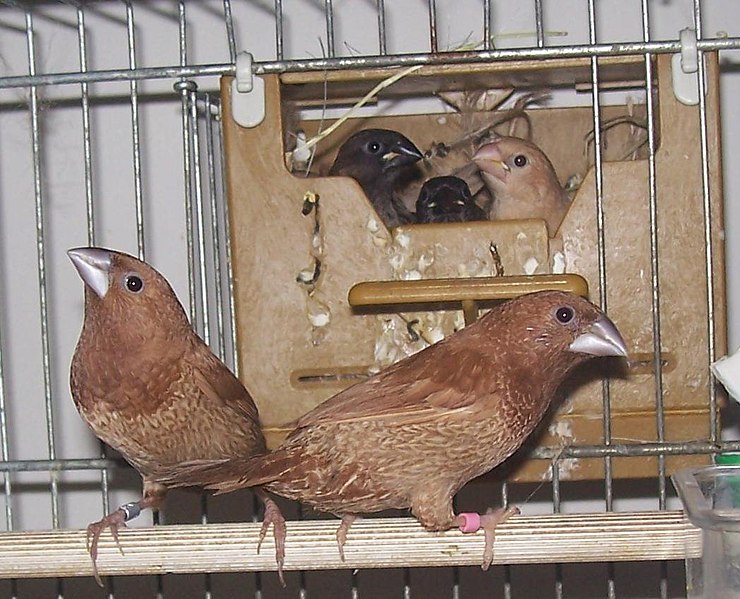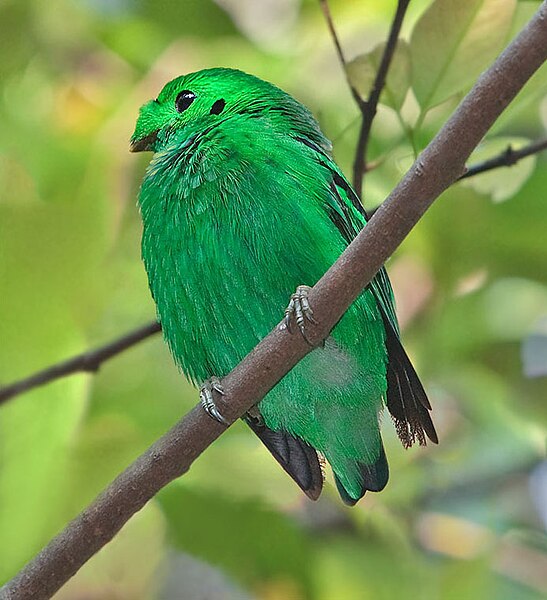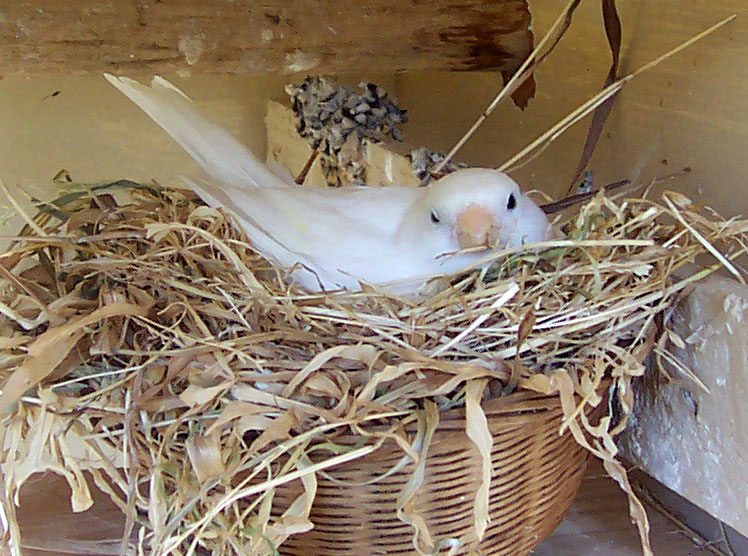 Zebra and Society Finches are often recommended to those new to finch keeping, and with good reason. However, in my opinion, the attractive little African Silverbill or African Warbling Finch, Lonchura cantans, deserves consideration as well. In addition to being a hardy captive, it is also a prolific breeder that hybridizes readily with several other species – ideal qualities if one wishes to experiment with the creation of new finch color phases.
Zebra and Society Finches are often recommended to those new to finch keeping, and with good reason. However, in my opinion, the attractive little African Silverbill or African Warbling Finch, Lonchura cantans, deserves consideration as well. In addition to being a hardy captive, it is also a prolific breeder that hybridizes readily with several other species – ideal qualities if one wishes to experiment with the creation of new finch color phases.
Description
The African Silverbill may seem “plain” to some, but its varied shades of brown, tan, buff, fawn and black both blend and contrast, lending this 4 inch-long mite a unique beauty. The sexes are alike, but only males produce the pleasant, warbling song.
Chocolate, fawn, cinnamon, white and other mutations have been produced, often influenced by related species with which the African Silverbill has been crossed. Read More »

 That Bird Blog – Bird Care and History for Pet Birds
That Bird Blog – Bird Care and History for Pet Birds



